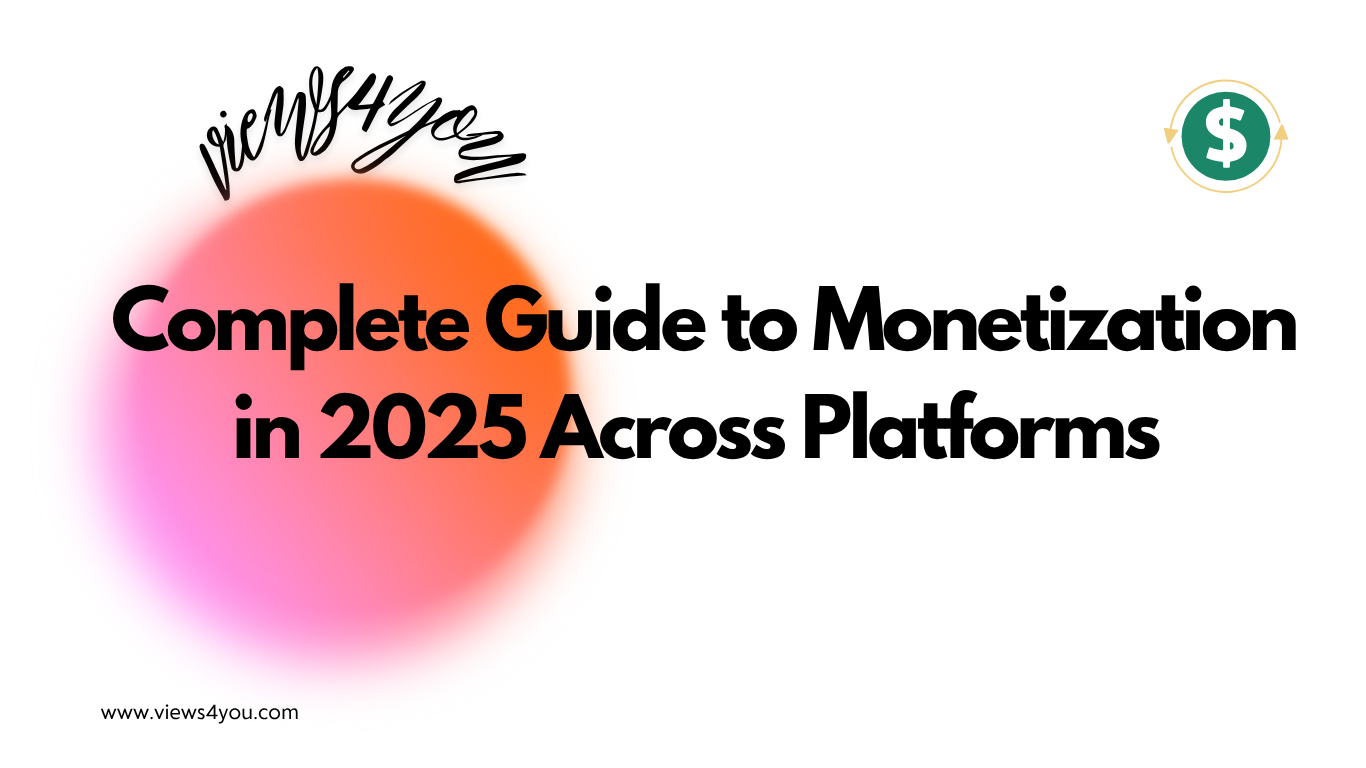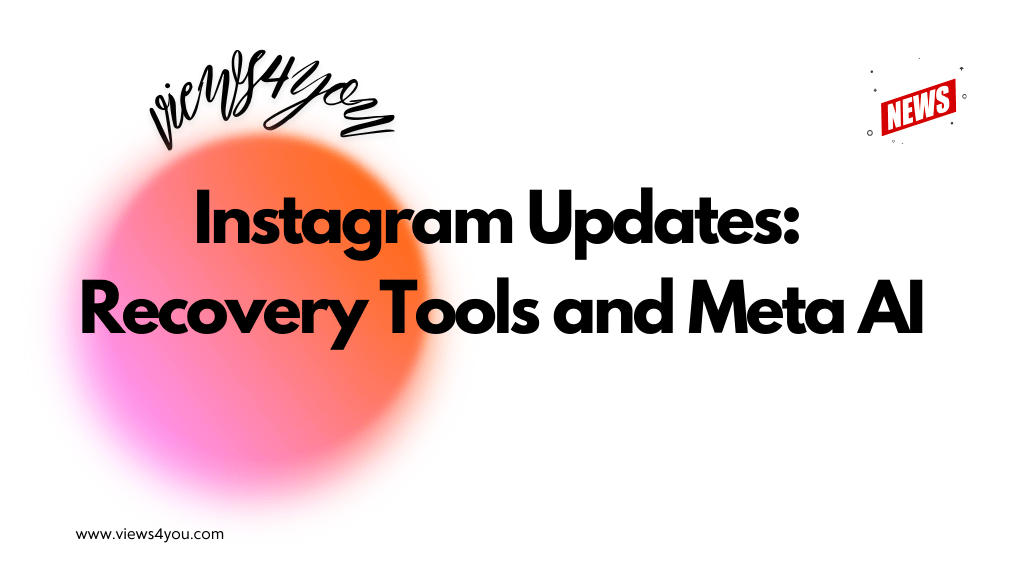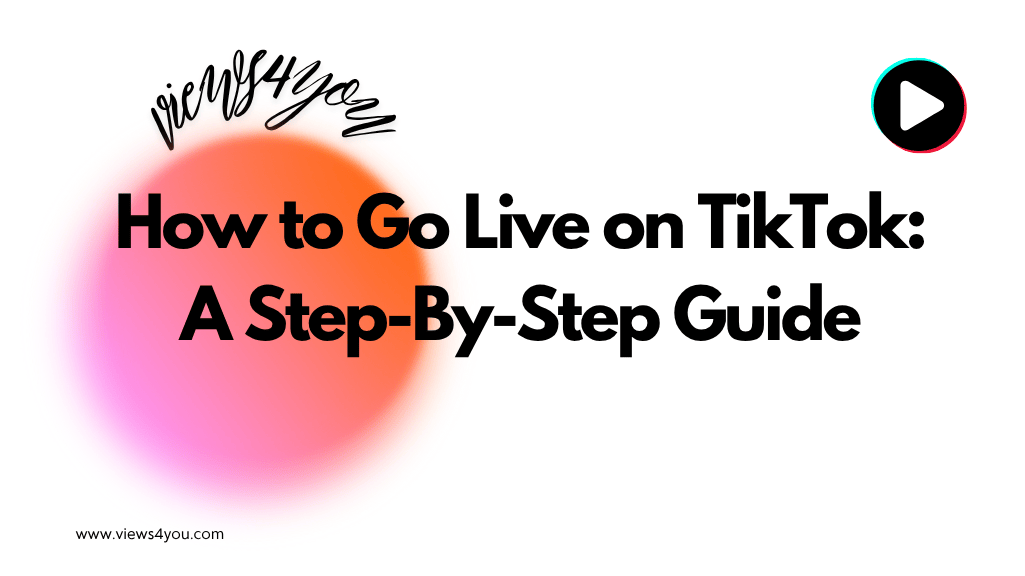Virality kills longform value by training audiences to expect instant gratification, making it harder to focus on deep, meaningful content. As platforms push short videos for quick engagement, creators cut context to chase views, and audiences lose patience for anything that takes time. This shift discourages thoughtful storytelling and weakens lasting impact.
We scroll. We swipe. We tap. And then we forget. Social media has trained us to move fast. But while everything feels quicker and easier, we’re also losing something along the way. The rise of viral, short content is not just changing how we consume. It’s changing how we think. And it’s killing the space where real value used to live, long-form content.
How Social Media Changed Our Brains?
Platforms like TikTok, Instagram, and YouTube are built to keep you watching. Their entire goal is to keep you scrolling for as long as possible. To do that, they feed you short videos that get right to the point, or skip the point entirely and go straight for a reaction.
The result? You never have to wait. And your brain starts to expect that. Each swipe gives you a little reward, a quick hit of something interesting. Over time, that reward loop trains us to lose patience. We get bored faster. We struggle to focus. We don’t want to sit with anything that takes time.
What used to feel normal, reading a full post, watching a 10-minute video, listening to an argument build, is now “too long.” And we don’t even realize it’s happening.
Creators Are Chasing the Wrong Rewards
Because social platforms reward fast engagement, creators are forced to play along. If you post something short and catchy, it spreads. If you post something thoughtful and deep, it sadly falls behind.
This encourages creators to think smaller. They cut corners, remove context, and make everything feel like a trailer without the whole movie. The system does not care about depth. It merely tracks clicks and views.
As a result, even when a creator wishes to express themselves authentically, they are unable to. When they take their time and explain something thoroughly, fewer people notice it. However, if they cut it down to a 15-second clip with a loud hook, it explodes.
This affects more than simply the content. It also impacts the creator. Many people burn out while attempting to stay up with trends and algorithms, creating content that succeeds but no longer feels important.
Virality Feels Big but Doesn’t Last
Viral content moves fast and spreads far. But it rarely sticks. Millions might see a post, but most forget it within minutes. That’s because viral content is built for speed, not for memory. It entertains without asking for much. It makes people react, not reflect.
Meanwhile, longform content, like a strong video essay, a well-written thread, or a deep podcast episode, asks more. But it gives more too. It builds connection. It creates trust. It sticks with people.
The problem is, social media platforms don’t always show you that content. So, it can feel like no one wants depth anymore. But that’s not actually true.
Longform Still Matters
There are millions of users who still enjoy longform content. You just don’t hear from them often because they’re not the ones sharing clips all day.
Look at podcasts. Some of the most popular ones are over an hour long. People listen while driving, cleaning, walking, or working. It’s not just background noise. It’s part of their day.
YouTube is another good example. Longform videos with real storytelling or strong information often bring in the most loyal viewers. These viewers don’t just watch. They subscribe. They comment. They follow the creator’s work over time.
So yes, short content is everywhere. But longform still builds stronger relationships.
Use Short Content As a Door, Not the Whole House
Short content can work well if you use it the right way. It’s great for getting attention and improving your engagement. It helps new people discover your work. But it shouldn’t be the only thing you post. It should lead somewhere. Think of short content as the door. It invites people in. Longform is what keeps them there.
Smart creators use this strategy. They post a quick video that teases an idea, then link to a full piece where they go deeper. Or they take highlights from a podcast and share those to pull listeners into the full episode.
This kind of approach respects the platform, but also respects the audience. You’re not trying to trick them into clicking. You’re inviting them to care.
The Platforms Need to Step Up
Creators can only do so much. Social media platforms must also take on some accountability. Right now, their algorithms prefer what is quick. However, they have the ability to push information that takes longer to consume. They can include features that emphasize full posts, encourage longer watch periods, or allow viewers to return to previously saved content.
If they did, creators would not feel judged for attempting to produce something real. Users would begin to find that slower content frequently feels better.
Platforms claim they seek to promote mental wellness and creativity. One way to demonstrate this is to make room for richer, more intelligent content.
We All Have a Choice in What We Consume
This isn’t just about creators or tech companies. It’s also about how we scroll. The next time you’re online, ask yourself what you’re really getting out of what you watch or read. Is it teaching you something? Is it making you feel something? Or are you just filling time?
Short content can be fun. It can even be useful. But if that’s all we ever take in, we lose the habit of thinking deeply, questioning things, or even sitting still for more than a minute.
Virality is not evil. But it becomes a problem when it replaces everything else. Attention is valuable. What we do with it decides what kind of content survives.
FAQs
Why do platforms prefer short content?
Short videos load quickly, grab attention fast, and keep users scrolling. That means more time on the app, more ads shown, and more money for the platform.
Does short content affect how we learn?
Yes, it does. Getting used to quick content makes it harder to focus on reading, listening, or tasks that take longer in daily life.
Which platforms are better for long-form content?
YouTube, Substack, Medium, and LinkedIn give more space for longer posts, deeper videos, and storytelling that doesn’t need to rush.
Can virality and longform work together?
They can. A short, viral clip can lead people to a longer video, post, or podcast. It’s a smart way to hook interest and offer more later.









